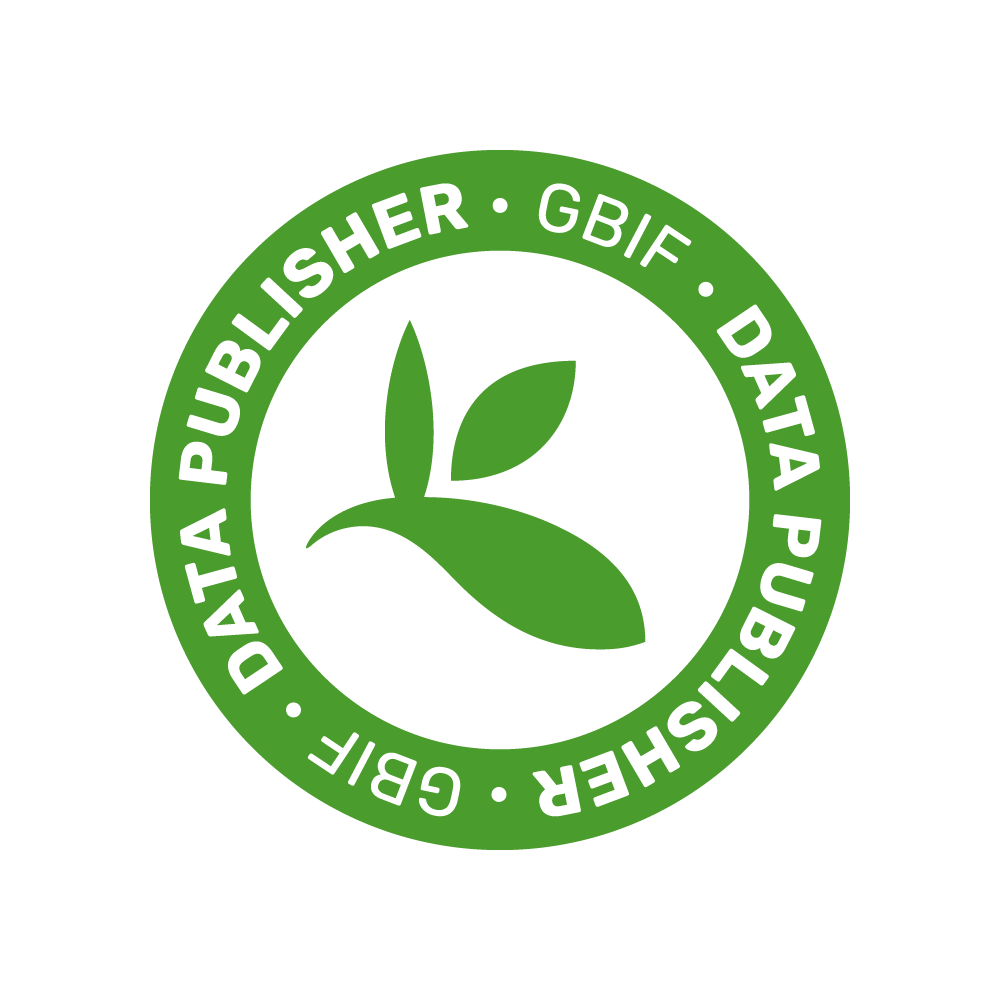Adele Adamo
Role: Researcher
Section: Researchers and Technologists
Division: Naples
Tel: (39) 081-6132305
E-mail: adele.adamo[at]cnr.it
URL: http://ibbr.cnr.it

Curriculum vitae
Name: Adele Adamo
Date and Place of Birth: 02.02.1973, Naples, Italy
Address: Institute of Biosciences and BioResources, Division of Naples - Via Pietro Castellino, 111 - 80131 Naples, Italy
Tel: ++39 0813162366
E-mail: adele.adamo@ibbr.cnr.it
Education and Training
October 2001
Master degree in Biological Science at University of Naples “Federico II”.
Professional Experience
-
Present position: CNR Ricercatore III level T.I. (November 2018 - until today)
- 2010- 2018: CNR Tecnologo III level T.D.
- 2008- 2010: CNR Research Fellow at Institute of Genetic and Biophysics “Adriano Buzzati-Traverso” - C.N.R. - Naples, Research project “ Analysis of genetic epistasis, immunostaining and co-immunostainig on whole mounted C. elegans gonads, studies on ionizing radiations sensitivity and genotoxic agents”.
Maternity leave (birth of the son Giuseppe Condemi 15/10/2010)
- 2004 - 2008: Telethon Research Fellow at the Institute of Genetic and Biophysics “Adriano Buzzati-Traverso”- C.N.R. - Naples, Research project funded by Telethon Foundation "Model Studies of the Fanconi/BRCA/recombination pathway"
Maternity leave (birth of the daughter Federica Condemi 25/05/2005)
- 2002 - 2004: CNR Research Fellow at Institute of Genetic and Biophysics “Adriano Buzzati-Traverso” - C.N.R. - Naples, Research project “Analysis of meiotic mutants through use of RAD-51 as marker of the progression of meiotic recombination”
- 2000 - 2001: Master degree thesis titled “ Studies in vitro and in vitro on the Ce-RAD-51 protein of Caenorhabditis elegans ”, at the Institute of Genetic and Biophysics “Adriano Buzzati- Traverso”- C.N.R. - Naples, under supervision of Dr. Adriana La Volpe.
Scientific interests
For most of her career Adele Adamo has been interested in genome stability, a fundamental subject of biology with implication in genome evolution, fertility and oncogenesis. During her master thesis she has focused on biochemistry of the newly discovered RAD-51 protein of C. elegans and provided tools for the analysis of meiotic progression in oogenesis (2000-2003, Colaiacovo et al.2003). The RAD-51 antibody, produced from the RAD-51 protein expressed and purified during her master, is used as marker of meiotic progression in oogenesis in many laboratories around the world. Roles of fundamental genes such as mre-11, msh-4, msh-5, syp-2 , were analyzed in such studies. She has described the actions of the brc-1 and fcd-2 genes (respectively hortologs of human BRCA1 and FANCD2 in C. elegans) highlighting the role of brc-1 in homologous repair on sister chromatid (2004-2008, Adamo et al. 2008) and of fcd-2 in down regulation of Non Homologous End Joining (2004-2010, Adamo et al. 2010). She has also been interested in the epigenetic phenomena of RNA interference and transgene mediate cosuppression; she has shown, for the first time, that both these procedures induce germ-line DNA damage and apoptosis (2009-2012, Adamo et al. 2012 and Adamo and La Volpe 2012). She has also contributed to understand the role of the SUN-1/Matefin phosphorylation in germ cell quality control in C. elegans (Woglar et al. 2013). She has also contributed to show that CO-promoting factors MSH-4/-5 and ZHP-3 are required for the apoptotic response of the meiotic DNA damage chekpoint (Silva et al. 2013).
In last years has described the roles of RAD-51 isoform A in the DNA damage-induced apoptosis during meiosis. (Germoglio, Adamo 2018). She has contributed to understand the role of AGTs in cell processes distinct from repair of alkylating damage (Serpe et al. 2019). She has employ C.elegans to better understand the role of FA group D2 (FANCD2) protein in vivo, demonstrating for first time, that FCD-2 recruitment during meiosis depends on SPO-11-induced double-strand breaks (DSBs) but not RAD-51-mediated strand invasion (Germoglio et al. 2020).
Collaborations
- 2001-2003 Dr. Anne Villeneuve in Stanford, CA, USA
- 2004-2010 Dr. Simon Boulton Cancer Research UK, South Mimms, UK
- since 2007 Dr. Enrique Martinez-Perez, University of Sheffield, UK
- since 2008 Dr. Verena Jantsch, University of Vienna, Austria
- since 2008 Dr. Johnathan R. Whetstine, Harvard Medical School, USA
- since 2011 Dr. Maria Ciaramella, CNR IBP
- since 2011 Dr. Anna Savoia, University of Trieste, Ospedale Burlo
- since 2018 Prof. Stefano Mazzoleni, Dipartimento di Agraria, Università Federico II
Her data have been presented at more than thirty national and international conferences.
Relevant ISI Publications
-
Germoglio M, Valenti A, Gallo I, Forenza C, Santonicola P, Silva N, Adamo A. (2020)
In vivo analysis of FANCD2 recruitment at meiotic DNA breaks in Caenorhabditis...
Serpe M, Forenza C, Adamo A, Russo N, Perugino G, Ciaramella M, Valenti A. (2019)
The DNA Alkylguanine DNA Alkyltransferase-2 (AGT-2) Of Caenorhabditis Elegans ...
Germoglio M, Adamo A. (2018) A Role in Apoptosis Regulation for the rad-51 Gene of Caenorhabditis elegans.
- Silva N, Adamo A, Santonicola P, Martinez-Perez E, La Volpe A. (2013). Pro-crossover factors regulate damage-dependent apoptosis in the Caenorhabditi... Cell Death Differ. 2013 Sep;20(9):1209-18. doi: 10.1038/cdd.2013.68. Epub 2013 Jul 5.
- Woglar A, Daryabeigi A, Adamo A, Habacher C, Machacek T, La Volpe A, Jantsch V. (2013). Matefin/SUN-1 phosphorylation is part of a surveillance mechanism to coordinat... PLoS Genet. 2013;9(3):e1003335. doi: 10.1371/journal.pgen.1003335. Epub 2013 Mar 7.
- Adamo A, La Volpe A. (2012). Try to disarm the intruder or kill him! Worm. 2012 Oct 1;1(4):212-5. doi: 10.4161/worm.20502. PMID: 24058851 [PubMed]
- Adamo A, Woglar A, Silva N, Penkner A, Jantsch V, La Volpe A. (2012)- Transgene-mediated cosuppression and RNA interference enhance germ-line apopto... Proc Natl Acad Sci U S A. 2012 Feb 28;109(9):3440-5. Epub 2012 Feb 13.
- Adamo A, Collis SJ, Adelman CA, Silva N, Horejsi Z, Ward JD, Martinez-Perez E, Boulton SJ, La Volpe A (2010). Preventing nonhomologous end joining suppresses DNA repair defects of Fanconi ... Mol Cell. 2010 Jul 9;39(1):25-35)
- Adamo A, Montemauri P, Silva N, Ward JD, Boulton SJ, La Volpe A. (2008). BRC-1 acts in the inter-sister pathway of meiotic double-strand break repair. EMBO Rep. 2008 Mar;9(3):287-92.
- Colaiácovo MP, MacQueen AJ, Martinez-Perez E, McDonald K, Adamo A, La Volpe A, Villeneuve AM (2003). Synaptonemal complex assembly in C. elegans is dispensable for loading strand-exchamge proteins but critical for proper completion of recombination. Developmental Cell 5: 463-474.
Selected Publications
(full list available at CNR People)
In vivo analysis of FANCD2 recruitment at meiotic DNA breaks in Caenorhabditis elegans
Germoglio M, Valenti A, Gallo I, Forenza C, Santonicola P, Silva N, Adamo A
Year: 2020
The DNA Alkylguanine DNA Alkyltransferase-2 (AGT-2) of Caenorhabditis elegans is involved in meiosis and early development under physiological conditions
Serpe M, Forenza C, Adamo A, Russo N, Perugino G, Ciaramella M, Valenti A
Year: 2019
A role in apoptosis regulation for the rad-51 gene of Caenorhabditis elegans
Germoglio M, Adamo A
Year: 2018
The Caenorhabditis elegans RAD-51 isoform A is required for the induction of DNA-damage-dependent apoptosis
Germoglio M, Adamo A
Year: 2017




